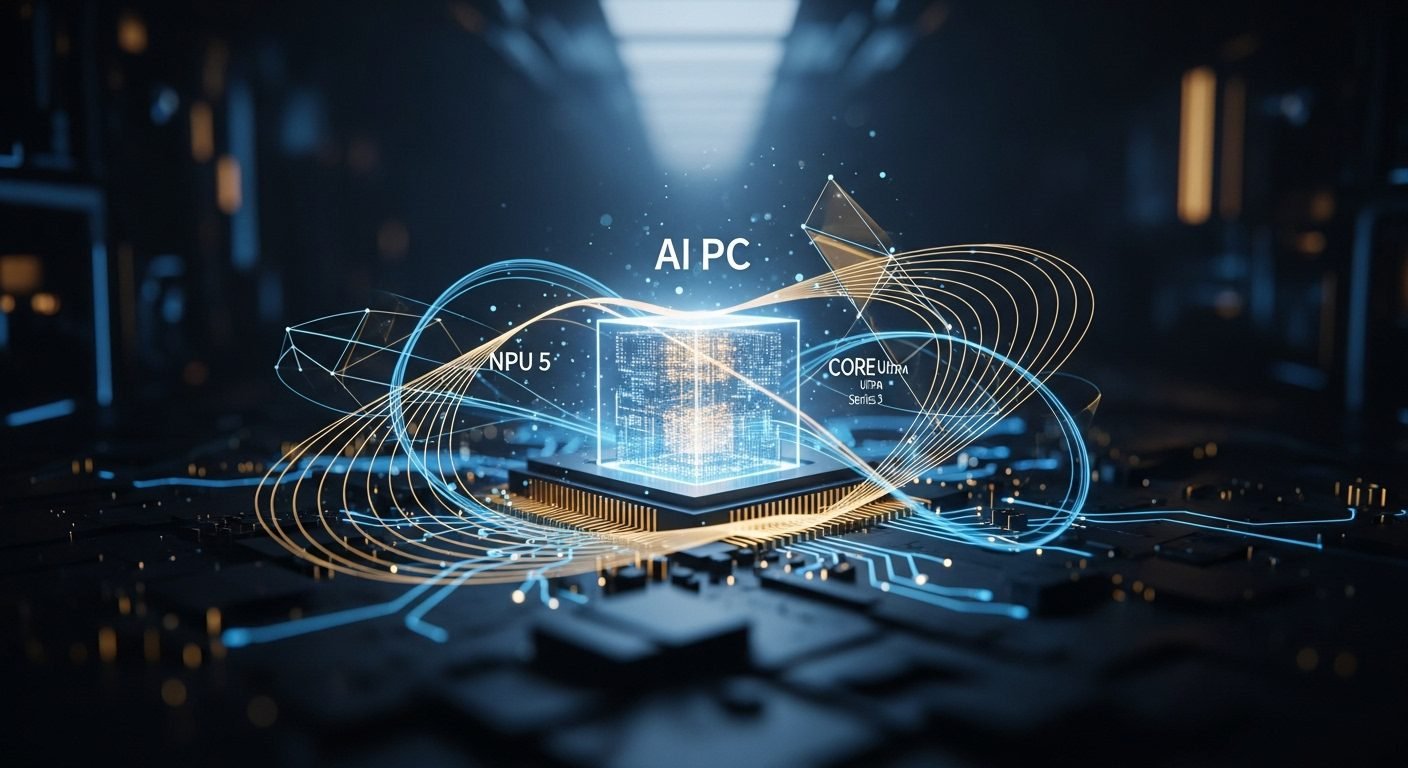The tectonic plates of technology are shifting with unprecedented speed, driven by the relentless march of artificial intelligence. The past week alone offered a stark reminder that the AI revolution isn’t just hypothetical; it’s a tangible force reshaping industries and economies, with developments accelerating beyond all previous forecasts. Data reveals a landscape in constant flux, demanding a sharp analytical lens to understand its trajectory.
From autonomous AI agents to pervasive integration, the evidence is everywhere. Anthropic’s Claude Sonnet 4.5, tailored for complex coding tasks and autonomous operation, signals a new era of AI agency. Microsoft’s move to embed AI agents directly into its Office suite, facilitating “vibe working” through conversational prompts, transforms everyday productivity. Meanwhile, Google’s full embrace of Gemini AI, replacing Google Assistant on Nest devices and appearing on Google TV, solidifies large language models as the backbone of ambient computing.
The financial narrative is equally compelling. OpenAI’s valuation soared to a staggering $500 billion, cementing its status as the world’s most valuable private company. This market confidence is underpinned by a massive investment surge in AI infrastructure. CoreWeave secured a $14 billion deal to power Meta’s AI ambitions, while Microsoft is pouring $33 billion into “neoclouds” to prevent an impending compute crunch. OpenAI and Nvidia are collaborating on a $100 billion partnership for 10 gigawatts of AI data centers, with Samsung and SK Hynix already lining up to supply advanced memory chips for OpenAI’s “Stargate” supercomputer. These figures aren’t just large; they represent the foundational shift underpinning our digital future.
The Trillion-Dollar Backbone: Decoding the Compute Crunch
These colossal infrastructure deals reveal a critical insight: the true bottleneck for AI advancement isn’t innovation, but raw computing power. The “trillion-dollar backbone” of data centers, specialized chips, and high-bandwidth memory is rapidly becoming the most valuable asset in the tech landscape. This demand fuels not only the giants but also niche players like Cerebras Systems, which recently secured $1.1 billion for AI chips and data centers. The market recognizes that owning the infrastructure that trains and runs these models is paramount.
What the analytics are showing is a rapid maturation of AI as a productivity driver. Small and medium-sized businesses, often seen as slow adopters, are integrating AI at an astonishing rate. With 55% of U.S. businesses and 68% of firms with 10-100 employees now leveraging AI, we’ve seen a 40% year-over-year increase. This isn’t theoretical; it’s a direct response to tangible benefits in cost reduction, operational efficiency, and competitive advantage. The Business Case for AI Adoption
Beyond the Hype: Regulatory Realities and Shifting Workforces
While investment booms, the regulatory landscape is also catching up. California’s new Transparency in Frontier Artificial Intelligence Act (SB 53), effective January 2026, mandates transparency and whistleblower protections for powerful AI models. This mirrors broader global efforts, like the EU AI Act, which starts governing general-purpose AI models in August 2025. These regulations are a necessary counterweight, aiming to mitigate risks and ensure responsible innovation as AI permeates sensitive areas, from employment decisions (California’s CCRC regulations) to data privacy (Meta’s use of chatbot data for ads, OpenAI’s parental controls).
This evolution also forces a re-evaluation of the workforce. While a significant portion of the public anticipates job displacement, experts like Oxford University’s Professor Michael Wooldridge offer a more nuanced view, suggesting AI will largely serve as a “tool than a replacement.” He emphasizes that AI is “fundamentally a productivity tool” that will have a “real and lasting economic impact over the long term.” Source The shift will be towards tasks that require creativity and complex problem-solving, as AI handles the repetitive. Future of Work in an AI-Driven Economy
Data Outlook
- Insight One: Compute infrastructure investments will continue to dwarf software spend, solidifying the hardware-as-a-service model for advanced AI.
- Insight Two: Regulatory frameworks, especially in major economic blocs, will mature rapidly, pushing AI development towards demonstrable transparency and accountability.
- Insight Three: The “Default Economy” will reshape digital visibility, compelling businesses to adapt their content strategies from traditional SEO to AI-centric recommendation optimization.
The path forward for AI is characterized by pervasive integration, further infrastructure build-out, and an ongoing debate about its societal role. The concept of the “Default Economy,” where AI systems collapse information into trusted answers, signals a fundamental shift in how value is discovered and disseminated. As Professor R ‘Ray’ Wang notes, AI intelligence doubling every six months is fueling a $25 trillion tech market. The ultimate question remains whether this transformative power will be stewarded as a common good or remain a proprietary tool, a decision that will profoundly reorder the global economy and define our digital future.











